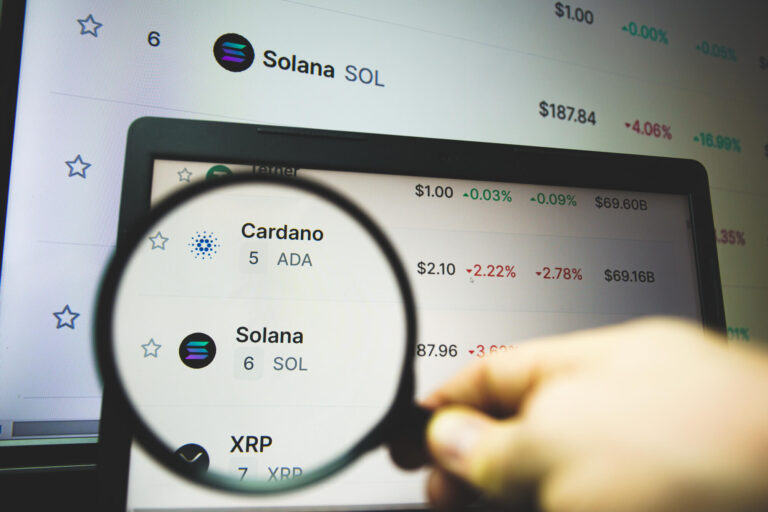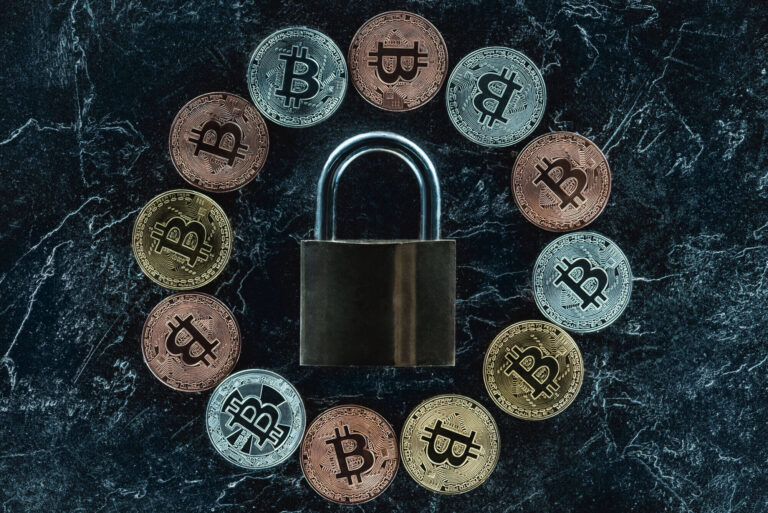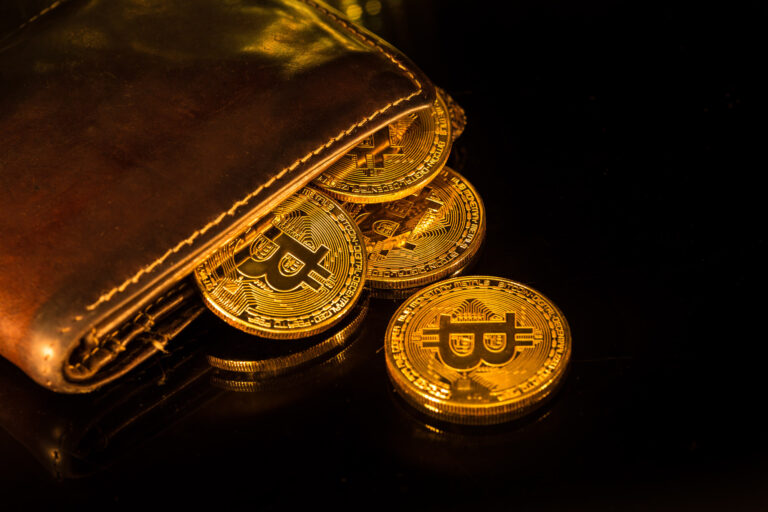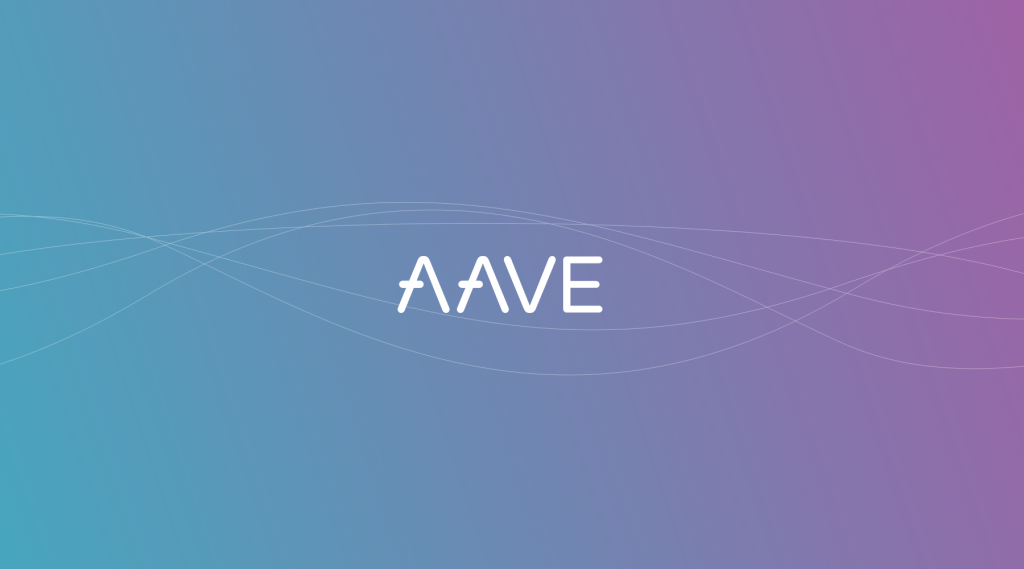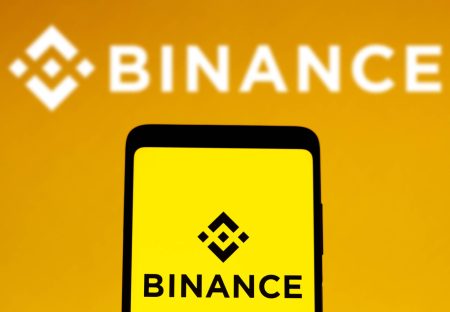Solana has emerged as a serious competitor, consistently ranking in the top 10 cryptocurrencies by market cap. It is known for its high performance, memecoin trading, and adoption beyond the blockchain space. Recently, Solana has even surpassed Ethereum in many key on-chain metrics, indicating a large, active user base.
Solana's blockchain is designed to process a high volume of transactions per second (TPS), using a unique combination of Proof of History (PoH) and Proof of Stake (PoS) consensus mechanisms to validate transactions. With this architecture, Solana can theoretically handle more live TPS than any other blockchain. Solana was conceptualized in late 2017 by Anatoly Yakovenko, who came from the telecommunications industry. The influence of his background can be seen in efforts such as the Saga phone. Just four years after the launch of mainnet 2020, Solana is outperforming its competitors in key metrics such as daily active addresses, daily transactions or decentralized exchange (DEX) trading volume.
Unique consensus mechanism enables high TPS
The most common consensus method, Proof-of-Work (PoW), requires miners to solve mathematical puzzles using specialized hardware. Proof of Stake (PoS), as used by Ethereum, requires validators to lock cryptocurrency as collateral. Solana uses a combination of this and "Proof of History" (PoH). In essence, PoH relies on a Verifiable Delay Function (VDF). VDF generates a sequence of hashes that act as a cryptographic clock and can reliably timestamp transactions. This allows transactions to be ordered without the need for intensive computation, significantly speeding up the verification process and improving scalability.
PoH works alongside PoS to ensure the security and efficiency of the Solana blockchain, enabling a high TPS value. For example, when comparing block time - the time it takes to finalize a block of transactions - Solana outperforms most competitors. Ethereum has a block time of more than 14 seconds, Cardano 17s or Polkadot 6s. Solana is much faster at 0.4s. Coupled with low fees and ease of use, this incentivizes on-chain activity. Solana rakes in four times the amount of daily transactions than other competing blockchains for this reason.

Ecosystem surpasses growing pains
Solana's ecosystem has been expanding rapidly since 2020, supporting a wide range of decentralized applications (dApps). Solana supports various DeFi projects, NFT marketplaces, has a strong Memecoin community and payment solutions. Network updates constantly provide new usability. The recently introduced Blinks (blockchain links) is a feature that improves user experience and is a potential driver for mainstream adoption by integrating blockchain transactions into social media platforms such as X (formerly Twitter). The Solana Foundation is also actively looking for ways to expand its user base with new ventures. This reflects in a steady increase of active addresses, which can be seen as a synonym for active users.
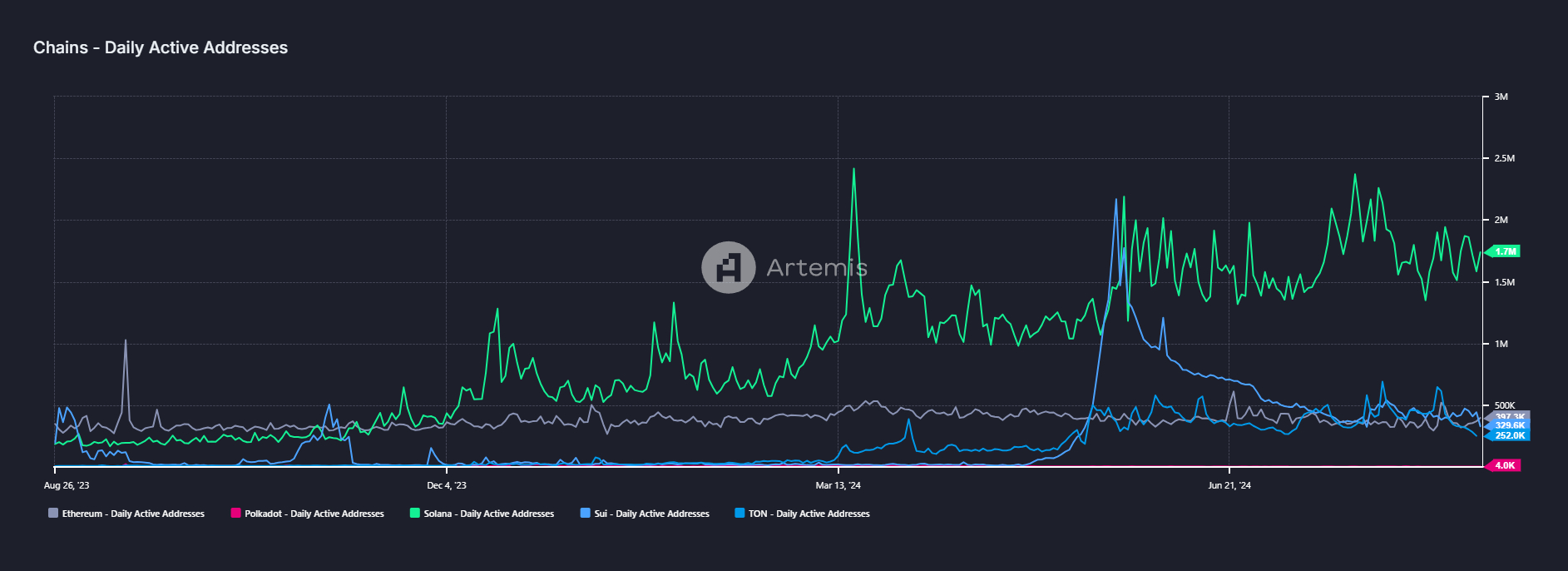
The Solana Foundation has another major upgrade in the works, "Firedancer": a new validator client software that will further enhance the network's transaction processing capabilities. Firedancer has the potential to break the 1 million TPS mark. It's expected to diversify Solana's validator ecosystem, reduce vulnerabilities and significantly increase scalability.
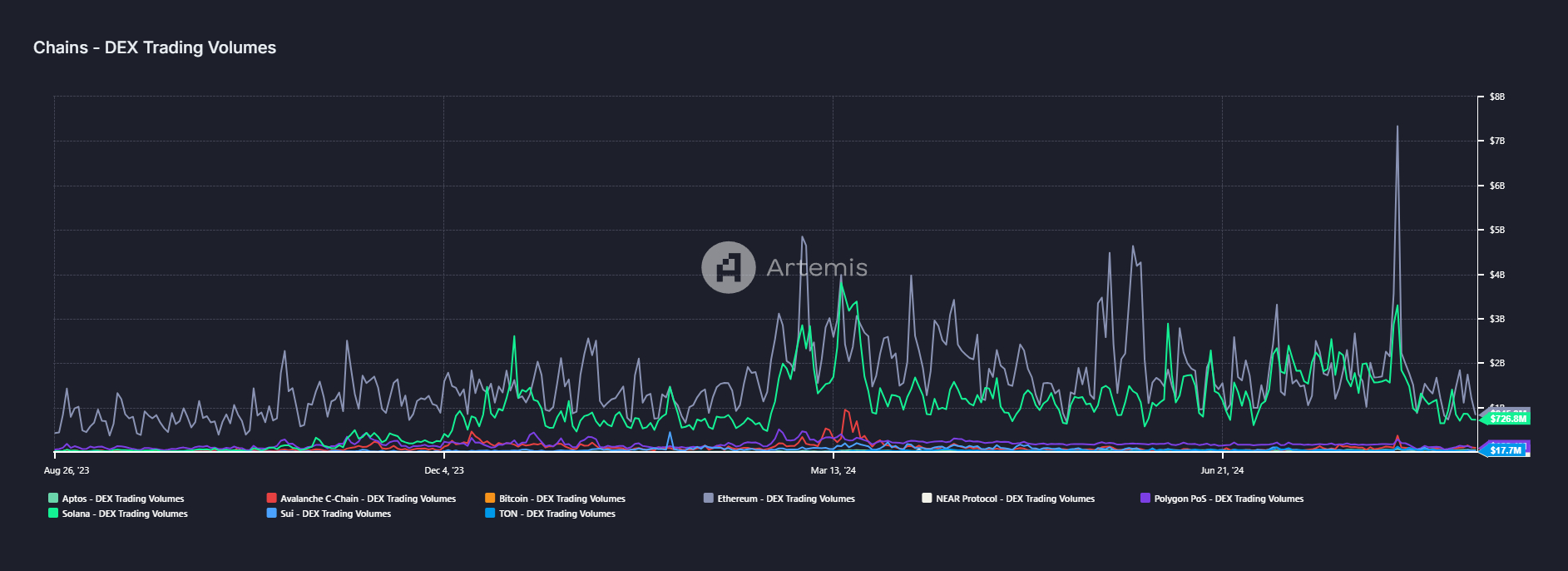
Since this year, Solana also repeatedly surpassed Ethereum's trading volume on decentralized exchanges (DEXes). Where Solana is still lacking is in total volume locked (TVL), a metric that can be equated to assets under management (AUM) for DeFi protocols. Here, Ethereum holds a strong pole position with nearly $50 billion, while Solana can only secure 10% of that. However, the upcoming improvements could drive adoption on the DeFi front and cause a redistribution of assets from one chain to another.
Road block for institutional adoption
The U.S. Securities and Exchange Commission (SEC) has recently rejected applications for Solana spot Exchange Traded Funds (ETFs). This marks a temporary setback for Solana's market position and prospects for broader financial adoption. The SEC's move underscores its cautious stance on spot cryptocurrency ETFs outside of bitcoin or ethereum. This is likely to change if Republican candidate Trump is elected president this November, who has stated he'd fire current SEC chairman Gary Gensler on his first day in office.
On the other hand, jurisdictions with less influential economies such as Brazil have already approved two Solana ETFs. Figures from Swiss ETP issuer 21Shares also show that their Solana product is by far the most popular, with more than $800 million in AUM, twice the size of their Ethereum products. This indicates strong retail interest in Solana.

